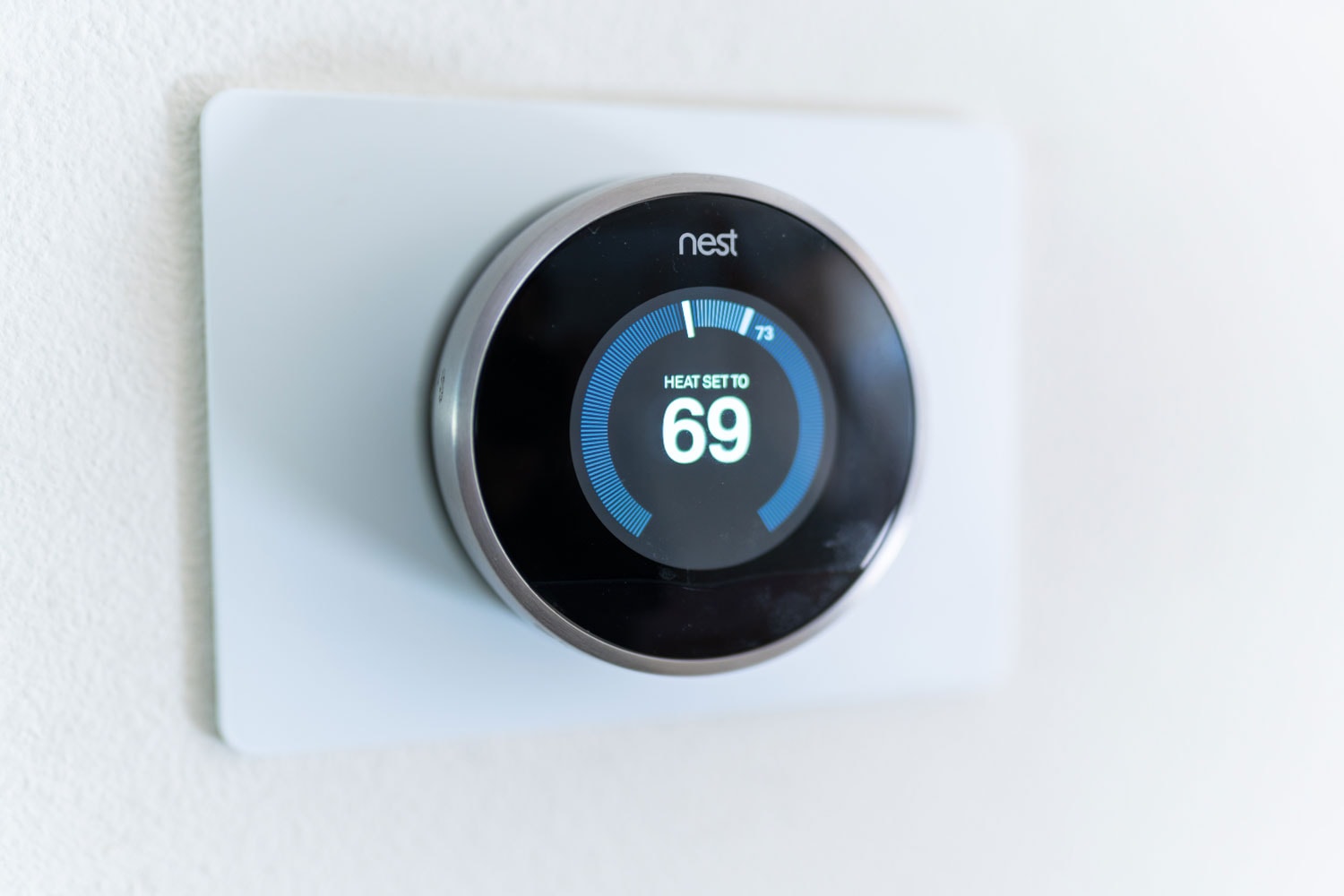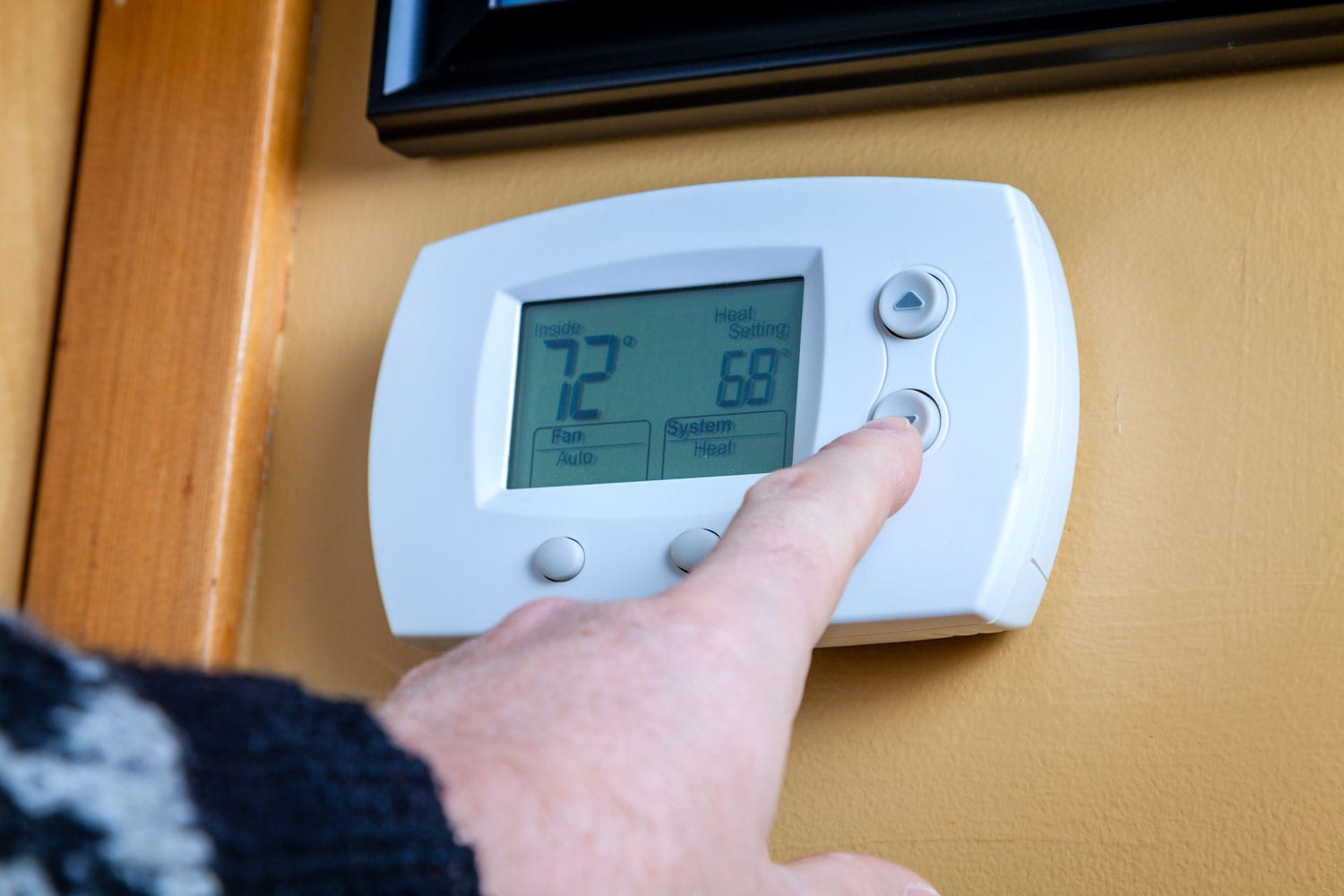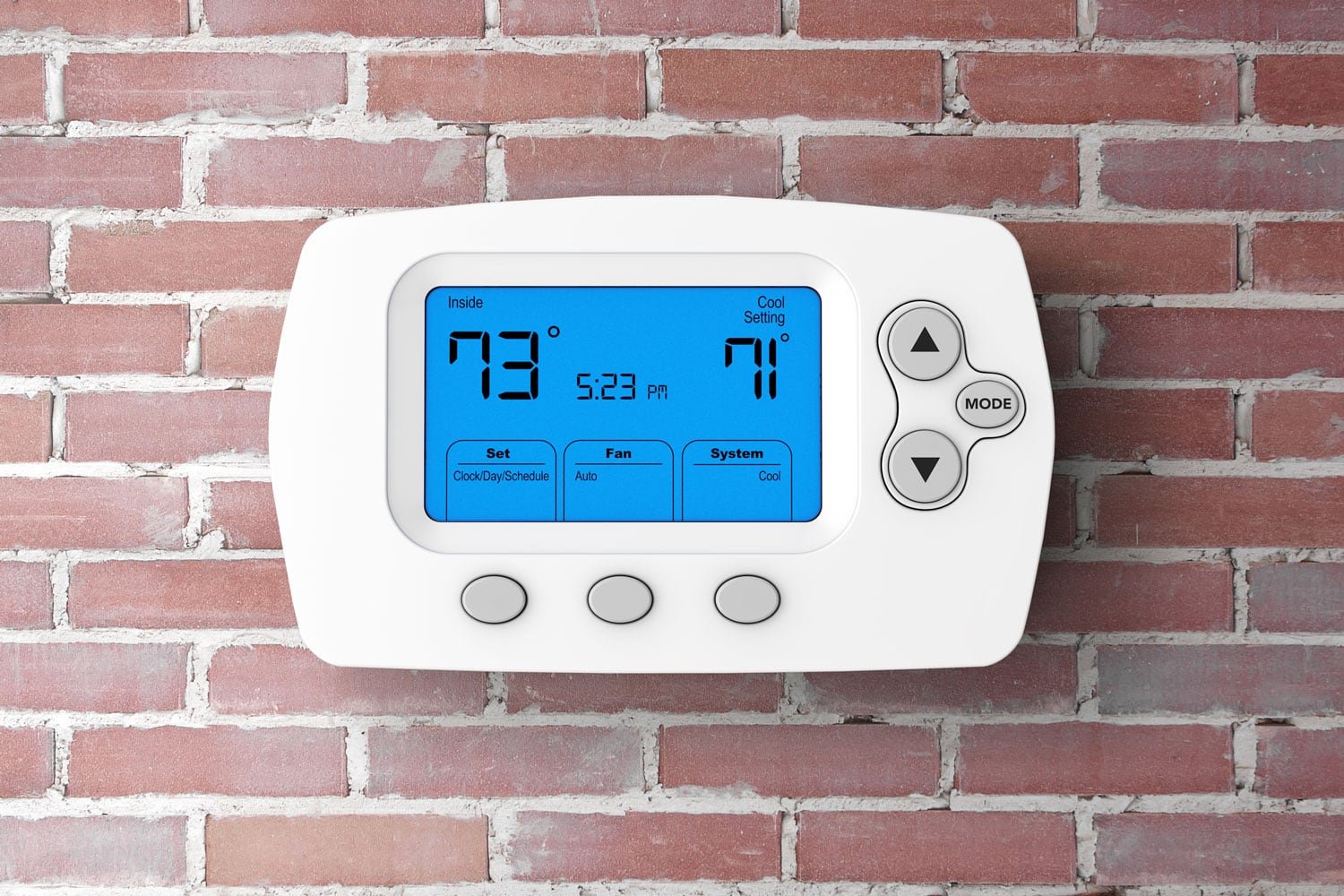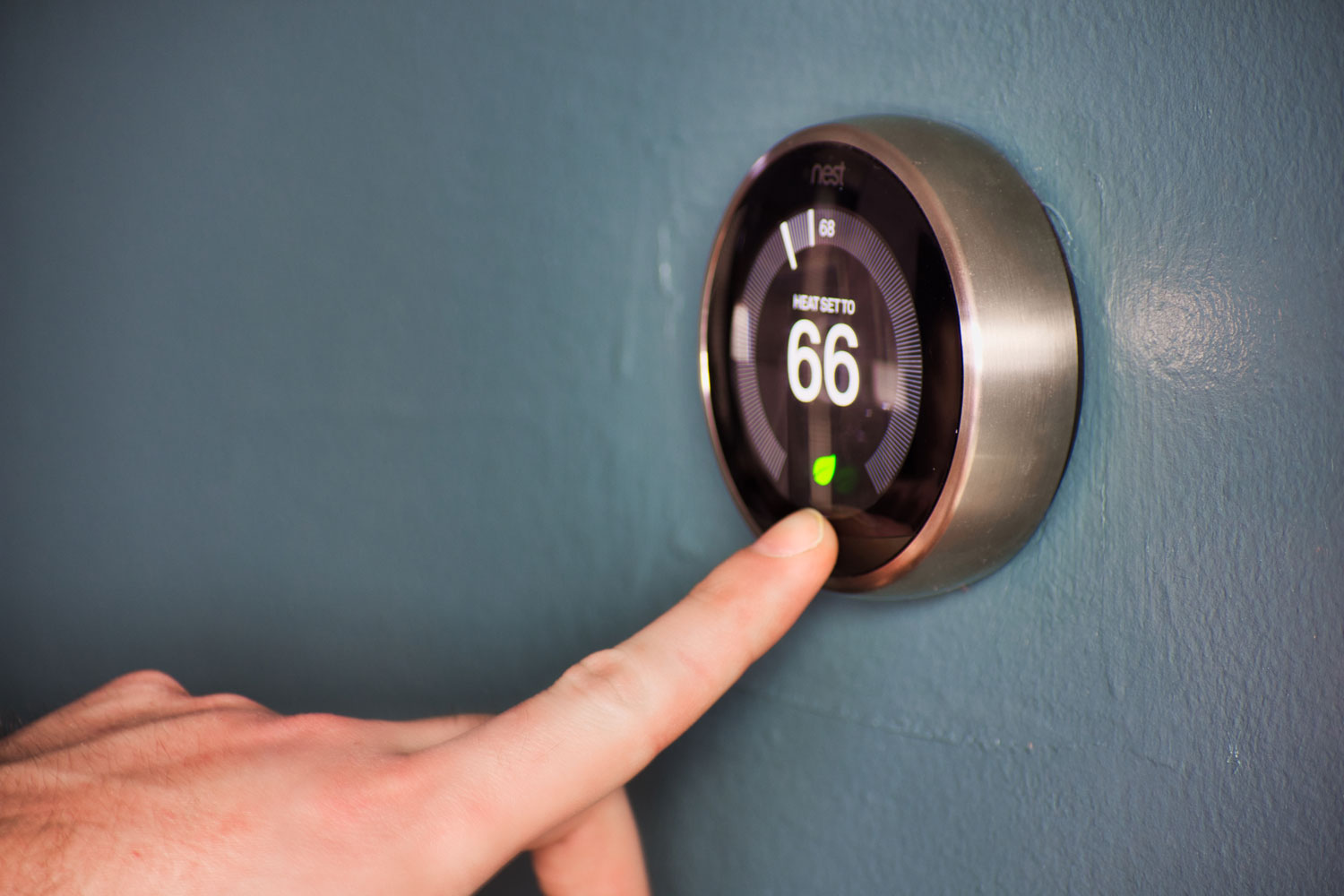A thermostat is essential for keeping our homes at a stable temperature. And we all know that thermostats don't last forever. Do you have an idea how long it will last? If not, you don't have to worry because we have conducted thorough research to share how long a thermostat should last.
Most thermostats, including programmable ones, have an average lifespan of 10 years. After those long years, they may begin to display signs of wear and tear, implying that it is time to change it to a new one. Typical thermostat issues include faulty sensors or digital screens. If your thermostat fails, your HVAC system may operate continually or not.
The lifespan of a thermostat actually depends on its build, model, and type. In this post, we will dig deeper into information about thermostats. So, we encourage you to keep reading this article and learn about this device.

How Long Do Thermostats Last
Thermostats last about ten years on average, but as mentioned above, they vary depending on a few factors. And as it ages, it will experience wear and tear, wiring issues, dust buildup, rusting, and could malfunction.

We assume that changing your entire heating and cooling system is the best time to purchase a new thermostat. An entire HVAC system lasts about 15 years. So replace your old thermostat with a more recent model suitable for your heating and cooling system when you replace both.
What Type of Thermostat Should You Purchase?
If you plan to replace your old thermostat with a new one, check out these most common modernized thermostats available on the market today:
1. Programmable Thermostat
This type of thermostat is a popular option for homeowners. Programmable thermostats can permit you to pre-set the temperature according to your schedule. For instance, if you are at work from 8:00 AM to 4:00 PM, you can set the thermostat to "off" at that time and program it to switch on by 4:30 PM, so you can arrive at home feeling the temperature you want.
All of the latest models of programmable thermostats permit seven days of programming. And that means you can specify a specific temperature for each day for that whole week. One excellent thing about this type of thermostat is that you can spend less time and effort adjusting the temperature.
Check out this Honeywell programmable thermostat on Amazon.
2. Wi-Fi Programmable Thermostat
This type of thermostat has all of the functions and features of the regular programmable thermostat. However, there is one huge distinction: it is connected to your home's Wi-Fi connection.
This Wi-Fi feature is excellent because it will permit you to modify the room temperature just by using your smartphone, desktop computer, or laptop, even if you are away from your house. In addition, there is an application available online where you can do things like this, and you can even view important information like home energy usage.
Check out this Emerson Sensi Wi-Fi programmable thermostat on Amazon.
3. Smart Thermostat
If we talk about what type of thermostat has the most outstanding technology features, we'll say it is the smart thermostat. This thermostat type can accomplish everything that the other types can, but even more.
Smart thermostats can learn your household preferences and schedules. And with that, they can modify the temperature for you to save energy consumption and maximize comfort. In addition, they can also observe your energy consumption and warn you if your cooling or heating system requires repairs.
Check out this smart thermostat on Amazon.
When Should You Replace Your Thermostat
Your thermostat is one of the essential things in your home. This device ensures that your entire house has a suitable and comfortable temperature. And below are the factors to observe if you want to know if it is already time to replace your thermostat.
Do Analog Thermostats Still exist?
This type of thermostat is already too old for this modern-day. Analog thermostats provide good fundamental usefulness. However, a modern digital variety will permit you to select the temperature you like more accurately. And with that, you can save more money because of the energy-saving aspect a modern thermostat offers.
Moreover, an analog thermostat may not suit the modern HVAC systems available today.
Should You Upgrade to a Programmable Thermostat?
We have already mentioned earlier the features of programmable thermostats. So, if your thermostat is not like this type yet, you are surely missing out! It would be best to upgrade yours into a programmable or Wi-Fi thermostat to get the best out of your HVAC system and save more energy and money.
Is Your Thermostat Over Ten Years Old?
A thermostat has an average lifespan of about ten years. That doesn't always imply that your thermostat will stop operating after ten years. In the area of technology, however, ten years is a long time.
Older thermostats are more likely to malfunction than newer ones. Furthermore, more recent models of thermostats can help you better cool and heat your home more effectively and save on monthly energy bills.
Does Your HVAC System Continually Turn On And Off?

If your cooling and heating system continually switch on and off, it may be because of a faulty thermostat. We all know that the thermostat is one crucial part of your HVAC system that transmits the current temperature of the house to the actual cooling and heating part of the system.
If it really has problems, then expect that it will not communicate correctly with your HVAC system and might transmit the wrong temperature readings.
Can A Thermostat Cause An Exceptionally High Electric Bill?
Your thermostat uses sensors to measure the temperature in a room or the entire house and then sends that data to the rest of your HVAC system. Suppose it's not correctly measuring the temperature or transferring signals to your HVAC system. In that case, it could force your HVAC system to work harder than it should be, resulting in increased energy consumption.
Is Your Thermostat Giving You Wrong Readings?
Your thermostat's assignment includes determining whether or not it needs to turn on or off the HVAC system based on temperature readings from sensors. So, if your thermostat isn't operating correctly, it may mistakenly report the temperature, causing your HVAC system to not cool or heat your home.
You can utilize an indoor thermometer to identify the current temperature if you doubt your HVAC system gives false temperature readings. Changing your thermostat to a new one may be time if it does not match what your thermostat says.
Does Your Thermostat Not Respond To Changes In The Settings?

If nothing happens when you adjust the settings on your thermostat, it's time to change it. Your thermostat should adjust as soon as you enter new settings into the system. When you create a modification to the settings, you should hear the HVAC system respond almost instantly.
If it doesn't, something is wrong with your thermostat, and it is not correctly transmitting your changes to the rest of the system.
Is Your Home's Temperature Always Changing?
If the temperature in your home is continually changing, it could be a signal that something is inaccurate with your thermostat. The thermostat may be adjusting the temperature settings on its own. It could also be having trouble keeping a temperature or communicating with the HVAC system.
Is Your HVAC System Experiencing Short Cycling?
When your HVAC system does not finish the heating or cooling cycle, it is known as short cycling. If your system resumes to short cycle, it would be best to change the thermostat to a new one. Because your heating and cooling systems are working harder than they should be, short cycling can shorten their life expectancy.
Wrap It All Up

The ten years average life expectancy of a thermostat is indeed long enough to get the best out of it. However, if you notice some issues with your thermostat, it would be best to replace it immediately to avoid damaging your entire HVAC system.
Thanks for reading this post, and we hope you find it helpful. In case you have additional questions, you can leave a comment below. And if you want to continue reading and gain more information, you can check the related posts below or just visit our website and find some posts that might be of interest to you.
Room Temperature Doesn't Match Thermostat Setting—What To Do?



